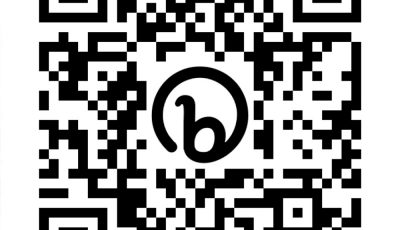RICK’S COLUMN
Vietnam, the United States, and the Marianas
The relationship between the United States and Vietnam has been one characterized primarily by war and peace. After America lost the war in Vietnam, it took almost two decades for both nations to restart diplomatic relations. Since the 1990s, the U.S. and Vietnam have worked together on foreign investment, energy, economics, and diplomatic matters.
The biggest ongoing challenge facing the United States when it comes to Vietnam is how to increase lasting positive influence in a country that borders China, that has a communist government and a mostly communist party national assembly not necessarily compatible with American democratic institutions and traditions. Robust U.S -Vietnamese trade relations and the shared desire to limit China’s aggression in the South China Sea have become the foundation upon which both nations continue to work together.
Vietnam and the U.S. have cooperated on naval engagement activities and the U.S. has given Vietnam several surface vessels. Vietnam buys most of its military weapons such as submarines from Moscow, and purchases radar from Israel and missiles from India.
China remains incentivized to continue to penetrate and exert its power in Vietnam’s Exclusive Economic Zone in a variety of ways to include seizing fishing boats, constructing artificial islands in the South China Sea and deploying a $1-billion oil rig along with 100 ships. China’s relationship with Vietnam, unlike the United States, is several centuries old, with deep historical roots and biases, accented by a brief war over Cambodian territorial disputes after the American war in Vietnam ended.
Possible business opportunities for Mariana islanders
Despite the political system differences, Vietnam and the United States have a total trade relationship approaching $100 billion. One million Vietnamese now live in America and its colonial outposts, to include Guam. The Vietnamese community in Guam continues to positively contribute toward the island’s success, but the Vietnamese are not viewed as a key tourism arrival market to Guam or the Northern Marianas.
How our Chamorro people might be able to benefit from the massive Vietnam-American trade relationship is to find ways to further insert ourselves into the distribution and supply chains for shoe, timber, furniture, machinery production, coffee, and rice. One challenge facing Marianas leaders is how to leverage our island chain’s location, knowing that most key shipping routes to and from Vietnam simply do not come directly through Guam or the Northern Marianas en route to and from the United States and other major markets.
A shared legacy of violence and war
Both Guam and Vietnam share related experiences tied to war and peace. Exposures of Rainbow Agents such as Agent Orange provide one example. Millions of Vietnamese, and thousands of American military personnel sent to Vietnam were exposed to Agent Orange, which was used extensively as a defoliant agent in combat. Military veterans stationed in Guam were also reportedly exposed to Agent Orange during the 1960s and 1970s, which was used to spray base perimeters at Andersen and Big Navy to keep many areas free of weeds and brush.
The American federal government has provided less than $1 billion to comprehensively clean up select locations in Vietnam that contain high levels of dioxins. Guam has yet to receive full funding from the federal government to clean up high levels of dioxins and it remains unclear if this issue will ever be resolved.
Guam, the Northern Marianas, and Vietnam share a legacy of having unexploded ordnance that was never fully remediated in all locations. The key difference here is that unexploded ordnance came to Guam and the NMI because of the American retaking and taking of our islands from Japanese imperial forces in World War II. In Vietnam’s case, millions of pieces of unexploded ordnance remain, and have injured, maimed, or killed civilian Vietnamese after the end of the war in the 1970s.
Guam and Vietnam share in having American military personnel being MIA due to wartime casualties. But Vietnam also has thousands of its people who were killed by American military personnel whose remains were never found. Guam has a similar experience tied to World War II where hundreds of our people were not found after having been killed by Japanese forces.
Guam and Vietnam are also connected through the over 100,000 Vietnamese refugees who were brought to the island by the Pentagon for further processing to the continental U.S. after the war ended.
What we can learn
As is the case with the Philippines, Taiwan, South Korea and Singapore, Vietnam remains intimately interconnected to China through massive trade relationships. For our Chamorro civilization, we remain incentivized to understand the deep historical and present-day trade relations that China continues to embark upon and how it has been used to shape international relations and security.
On matters of human rights violations, the United States has taken issue with several breaches sponsored by the communist party of Vietnam. Oddly enough, the United States remains mute and rather tone deaf to the ongoing human rights violations of the Chamorro people of the Mariana Islands tied to political injustice, environmental injustice and ancient human resource corridor injustices seen with the ongoing military buildup. This contradiction will not wither away anytime soon and remains the Achilles heel of American national security policy in the Western Pacific region.



























